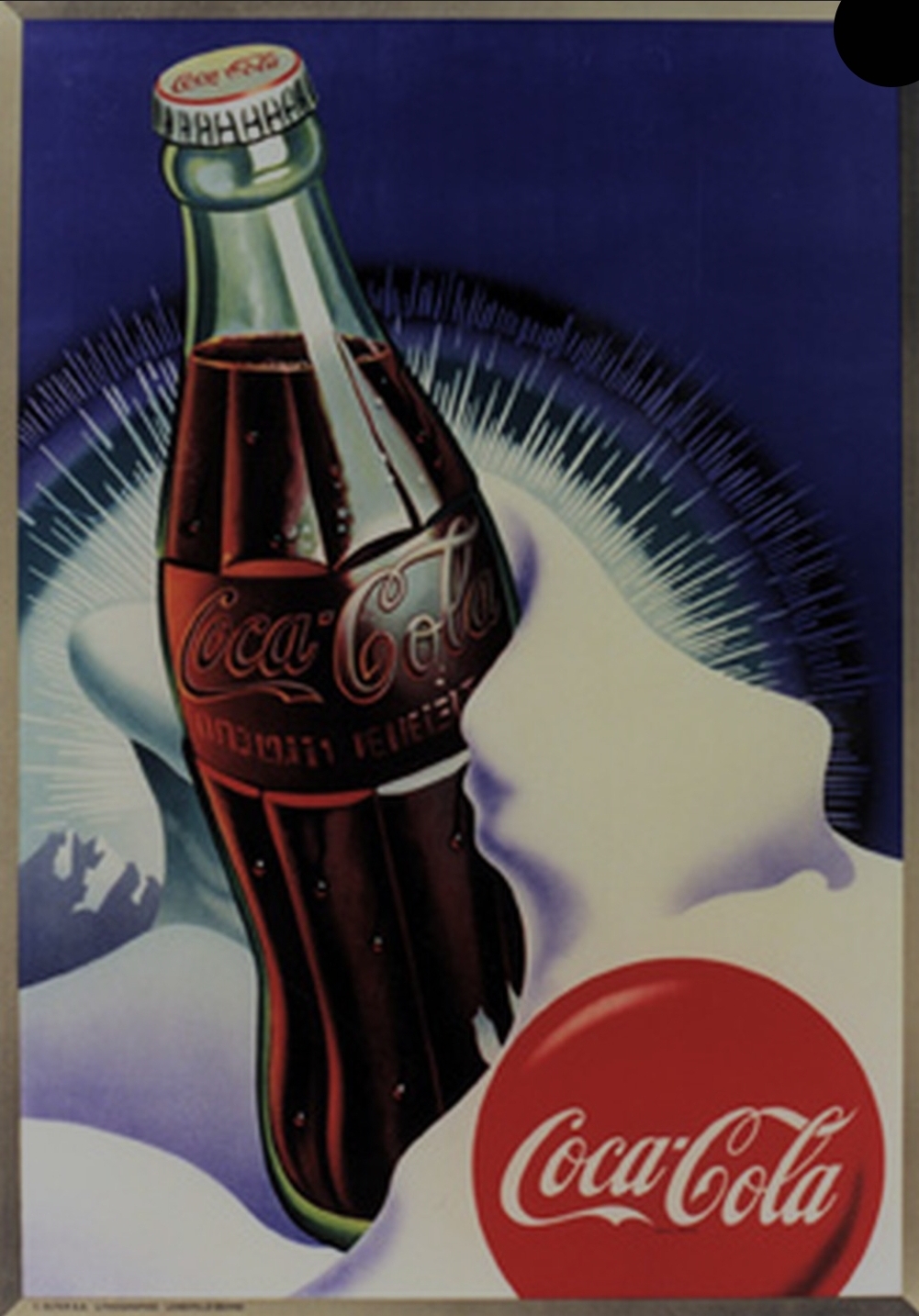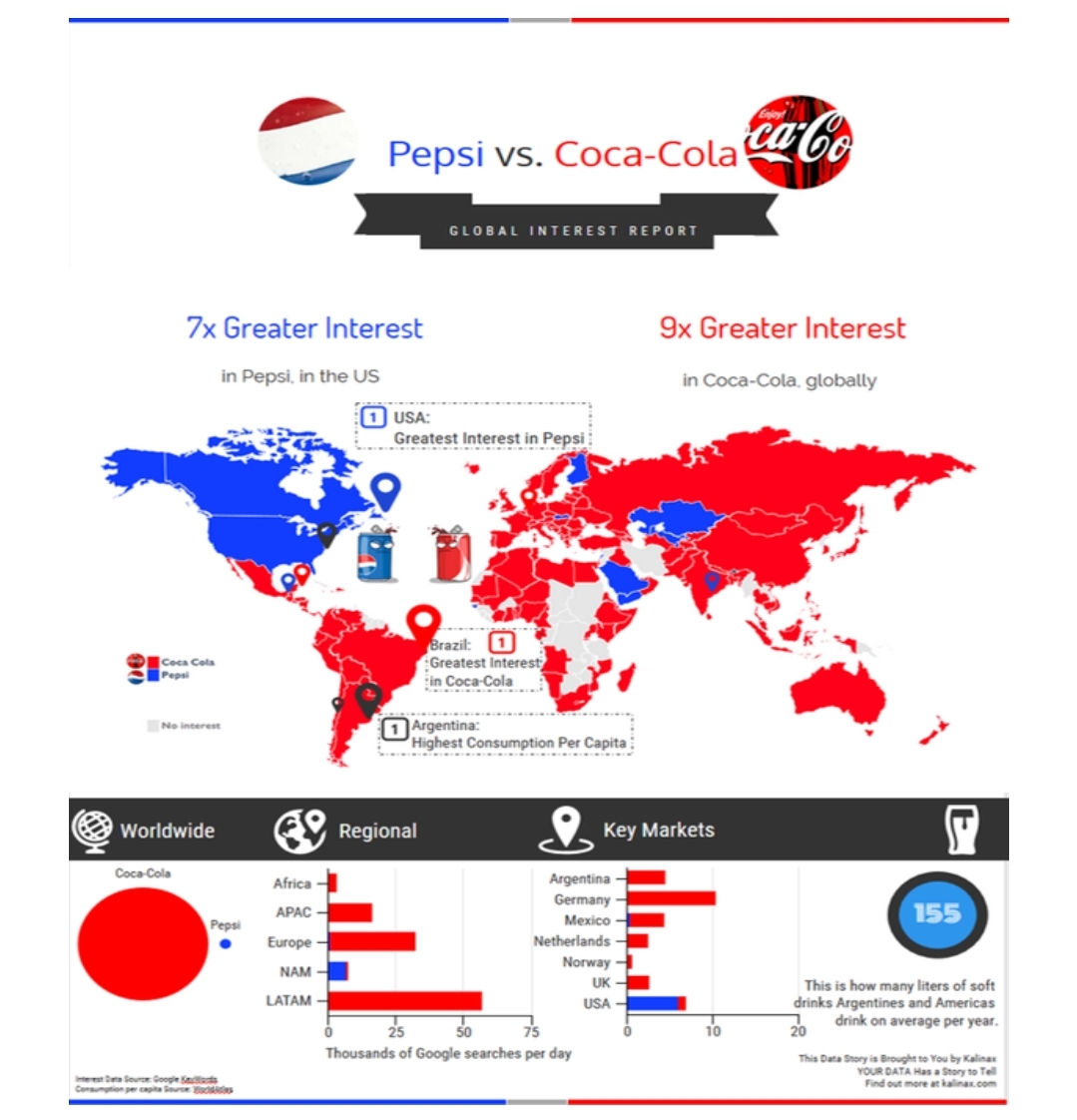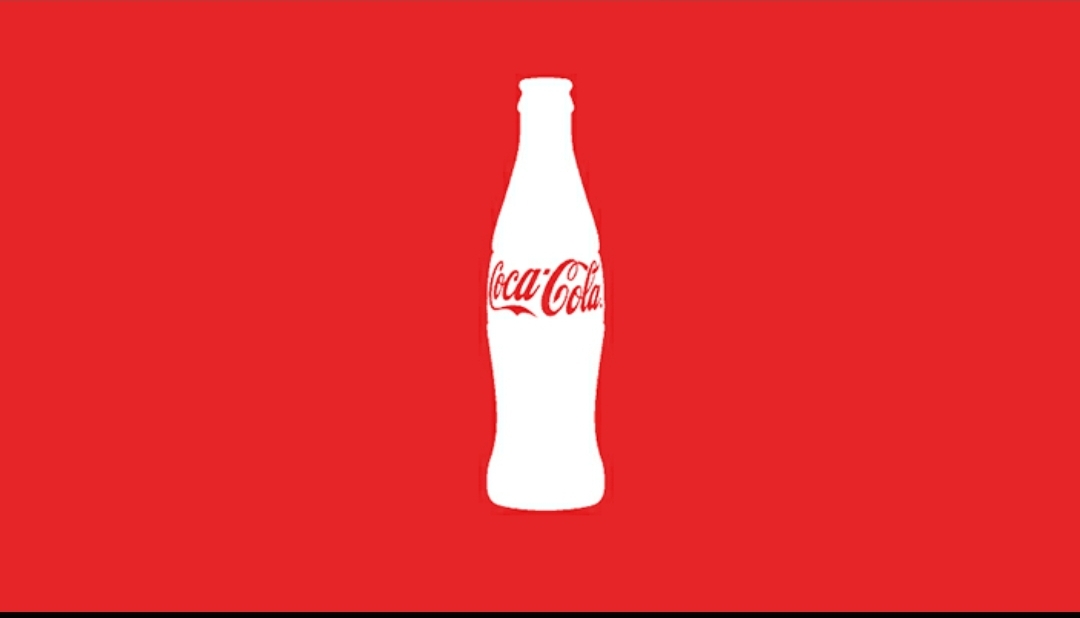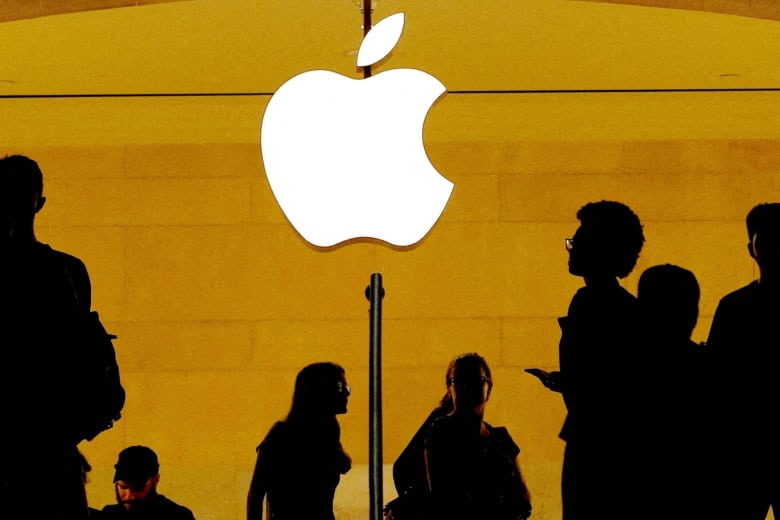From a concoction of a recreational drug and wine to the most globally sought-after beverage, Coca-Cola has become a brand name championing its campaign motto – “Open happiness” since the birth of its opulent empire
One of the largest global corporations – initially conceived with the production of a panacea and thereby marketed as a nerve tonic and stimulant – has more than just appealed to consumers for the past 134 years; Coca-Cola, a Georgia based brand, has become synonymous with an entity highly advanced in the fields of marketing and product range expansion whilst producing the world’s most beloved carbonated soft drink, owing to its secret formula.
Facing a plethora of impediments to amass an empire of such grandeur, the company has been tactically resilient since the initial days. Starting off as a developer of coca wine, Dr. John Pemberton came up against prohibition laws forbidding beverage producing companies to manufacture alcoholic products. Unaffectedly, wine was substituted with a sugary syrup while cocaine remained as a key ingredient, only to be removed in 1903 – owing to the growing addiction pandemic in USA.

With a genius stroke of marketing whilst simultaneously battling racism and white supremacy, the beverage – which was primarily tailored for white consumers via segregated soda fountains – was then being sold in bottles as well, to be made available for minority groups.
By 1915, with the market share plummeting due to rival companies, the beverage adapted its iconic contour bottle design from Indiana’s Root Glass Company to set a uniqueness precedent. Equipped with a perfected secret formula and a distinctive bottle shape, Coca-Cola quickly became a premium brand name of its own, favoured by all.
With an indispensable budget solely assigned for advertisement campaigns, the soda was marketed from a summer drink to one that could be consumed throughout the year, using the slogan “Thirst knows no time nor season”. Perhaps one of the most significantly resonating ad campaigns that left an unprecedented cultural impact has to be Coca-Cola’s Christmas ad using Santa Claus, providing him with the tell-tale red costume which was not as widely used before but is now the most identified illustration of the beloved St. Nicholas.
Having impacted the general masses with a sense of belonging and familial devotion, Coca-Cola has delivered the notion “Where there is coke, there is hospitality”. Becoming a key distributor for war troops, impacting art and culture, sponsoring heavily televised sports events such as FIFA and assuming the face of a global campaign against communism, Coca-Cola has had a rich socio-economic, political and cultural impact on the world.
As product life cycles go, Coca-Cola is certainly an example of a long-lasting rarity. This can be owed to the strategies utilised by the company in its product and market modification. The products have been allowed space to be moulded according to the needs of the consumer market and simultaneously, have shaped the market to increase their consumption by diversifying their reach to previously unexplored segments. Introducing new products to tend to the health-awareness of the recent generations has led to the production of lesser calorie or entirely sugar-free beverages such as Diet Coke, Coke Zero, Fanta Zero, Minute Maid Light, etc. The rebranding of Diet Coke in 2018 – with four exclusive millennial flavours (Ginger Lime, Twisted Mango, Zesty Blood Orange and Feisty Cherry) aided with aggressive marketing campaigns – skyrocketed the previously flat sales, marking an increase in the net income from $1.18 billion to $1.37 billion in a year.
One of their recent marketing strategies, which has played a major role in booming sales, has been the introduction of the globally identified campaign of having names on the manufactured bottles. Generating a feeling of familiarity, this masterstroke has created a consumer-product bond causing children and adults alike to feel the need to purchase bottles with their names on it. This manoeuvre put Coca-Cola further ahead of its competitors, especially PepsiCo.
Happening to be the most publicly known competitor of the Coca-Cola Company, PepsiCo has established a significant rivalry in every market segment with competing products of all types: Pepsi to Coca-Cola, Mirinda to Fanta, Diet Pepsi to Diet Coke and Gatorade to Powerade, to name a few. While the merger of PepsiCo with Frito-Lay has benefited the company to branch out into food brands, Coca-Cola has strengthened its claims on the soda frontier with an overpowering increase in market shares over the last decade.

Having undergone laborious events since the birth of the company such as the two World Wars, multiple financial crises, pressure of rivalling corporations and strenuous market demands sometimes leading to product failures, Coca-Cola has endured more than most brands, owing to its protracted descent over more than a century. Over these years, the company has sparked an incentive in the global community to gather, to share, to love and to rejoice over its beverages; ultimately, Coca-Cola has not only endured, it has truly inspired.
By Ashita Udeshi
Article Sources:
https://www.researchgate.net/publication/309126383_Strategic_Marketing_Plan_for_Coca-Cola_-_2016
https://www.businessinsider.in/strategy/7-brilliant-strategies-coca-cola-used-to-become-one-of-the-worlds-most-recognizable-brands/articleshow/47649874.cms
https://www.beveragedaily.com/Article/2019/07/12/Diet-Coke-helps-boost-Coca-Cola-s-brand-value-Brand-Finance-rankings
https://money.cnn.com/2018/02/20/news/companies/cola-wars-coke-pepsi/index.html
Image Sources:
https://www.thedrum.com/news/2019/05/23/coca-cola-ads-8-its-most-memorable-campaigns
https://www.galerie123.com/en/objects/32698/coca-cola/
https://www.kalinax.com/pepsi-coca-cola.html




